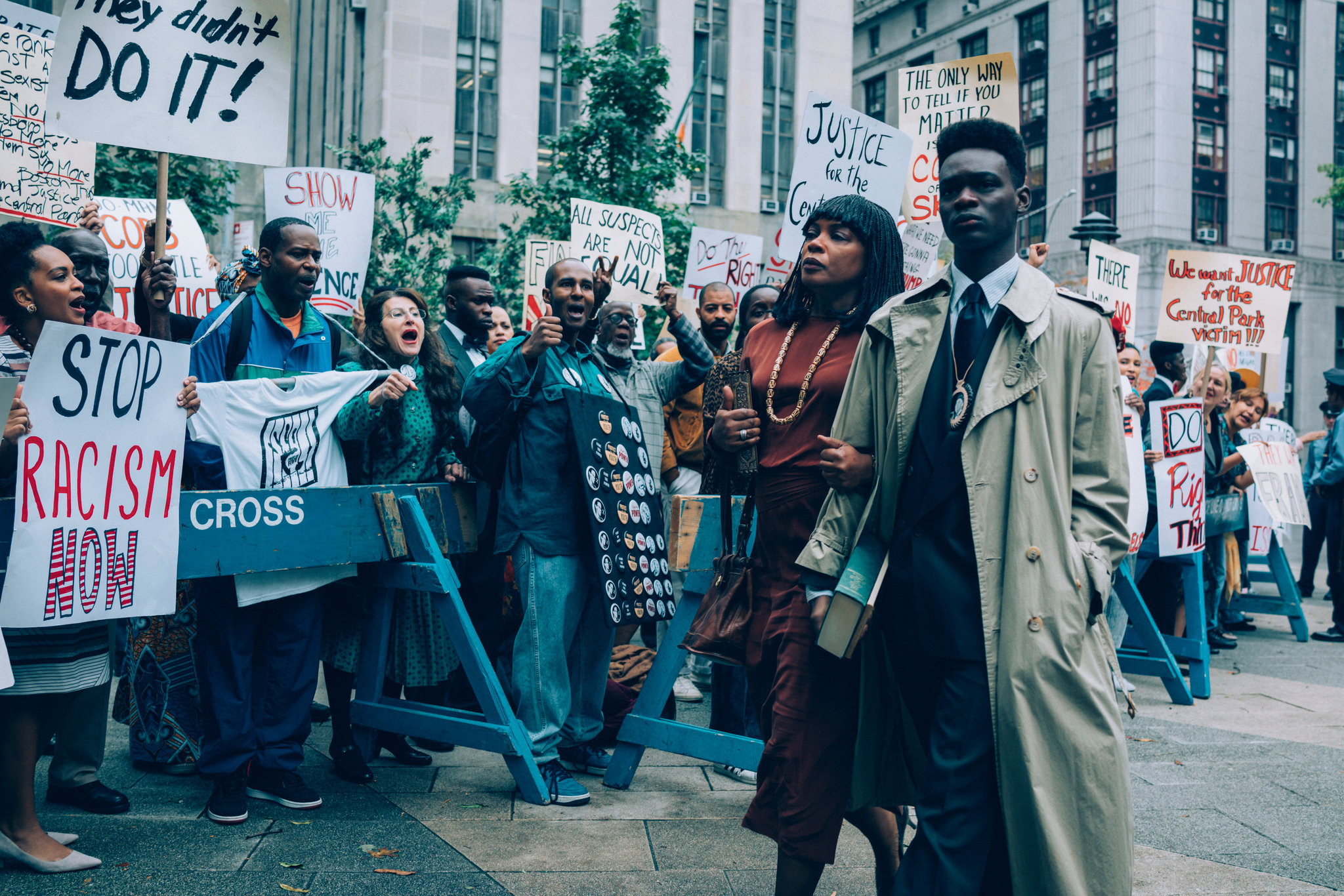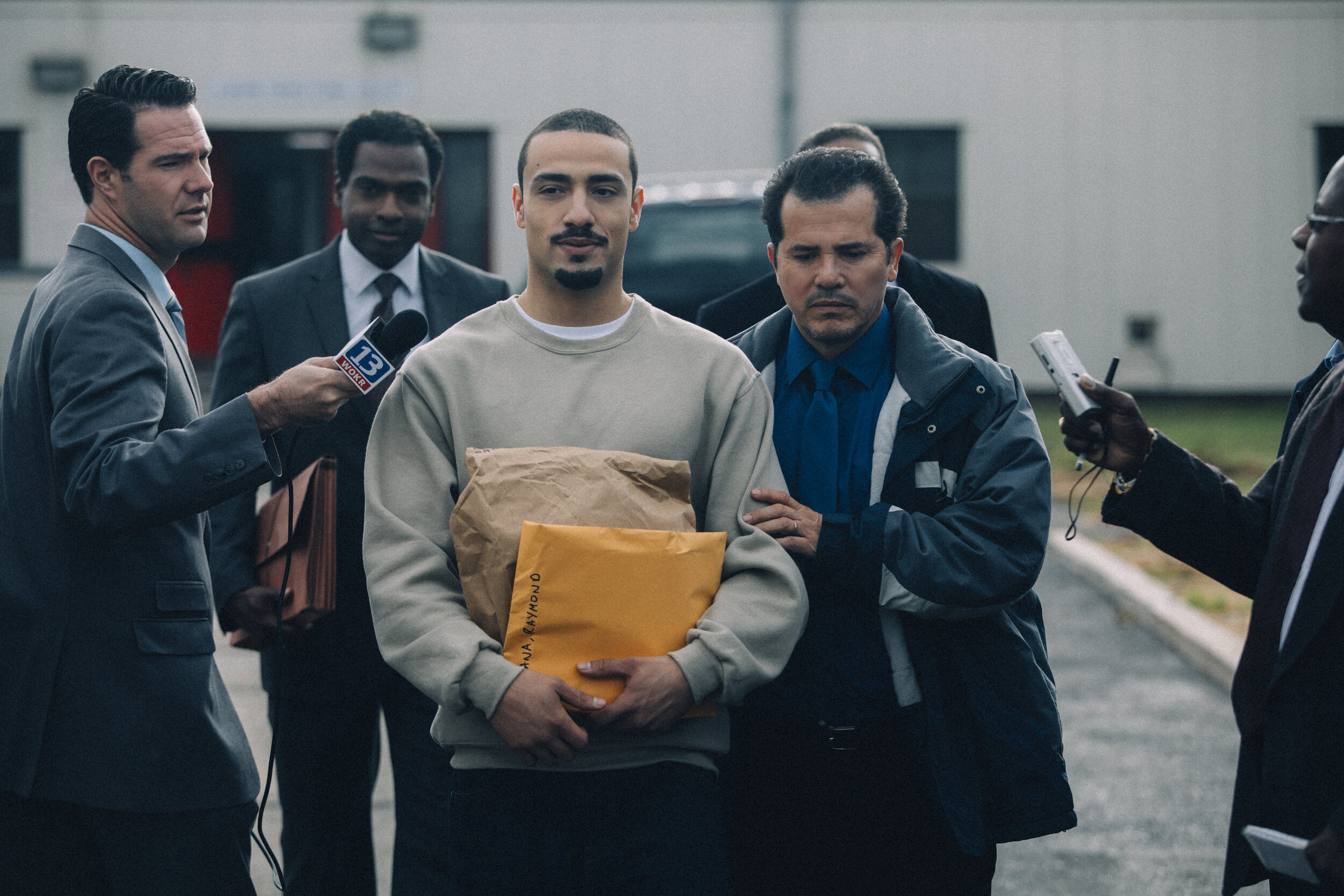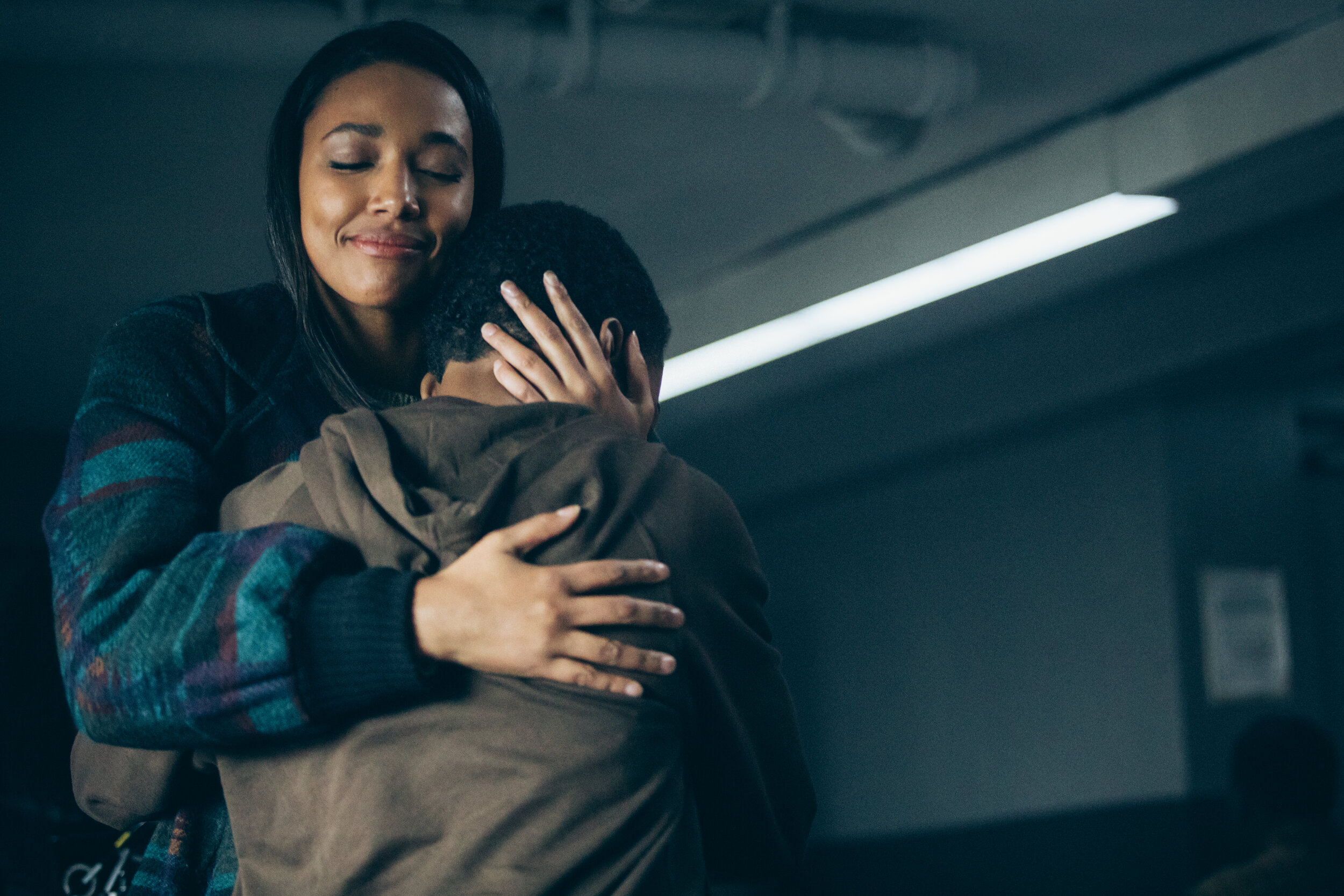Key themes
Criminalization and Inequity
Learning Objectives
+ Key Points
Discuss the difference between the rights afforded to juveniles when arrested and questioned by law enforcement, vs. the rights afforded to adults for the same crimes or accusations.
There is a distinction between the juvenile justice system and the criminal justice system. Juveniles are afforded different rights, depending on the state where they live.
In WHEN THEY SEE US, Kevin and Yusef were both under 16 and did not have their parents or an attorney present during their interrogations. They were not informed of the right to an attorney by law enforcement.
Key themes
Criminalization and Inequity
Learning Objectives + Key Points
Discuss the difference between the rights afforded to juveniles when arrested and questioned by law enforcement, vs. the rights afforded to adults for the same crimes or accusations.
There is a distinction between the juvenile justice system and the criminal justice system. Juveniles are afforded different rights, depending on the state where they live.
In WHEN THEY SEE US, Kevin and Yusef were both under 16 and did not have their parents or an attorney present during their interrogations. They were not informed of the right to an attorney by law enforcement.

EPISODE II
Recap
WHEN THEY SEE US highlights the need to address inequities within the American Court system — this includes the bail system, prosecutor and judicial offices and access to legal representation.
EPISODE II
Activity I
JUSTICE: Juvenile Or Criminal?
Participants will discover the differences between the juvenile justice system and the criminal justice system.
Objective
Discuss the difference between the rights afforded to juveniles when arrested and questioned by law enforcement, vs. the rights afforded to adults for the same crimes or accusations.
Ideal Settings
JUSTICE: Juvenile Or Criminal? works well in both individual and group settings. The activity can be done in a casual environment or a structured classroom. It can also be used as an assignment completed outside of class and shared at a later time.
Time
Prepare to spend up to 60 minutes on this activity.
Materials
Equipment to view Episode Two, pen, paper or computer.
Reflection Questions
- What is the definition of “juvenile” vs. “adult” in the criminal justice system? Is the definition uniform throughout the U.S.?
- Unequal access to resources can result in unequal access to justice. Can you think of an example of unequal access to resources in your community?
- How is the story of The Exonerated Five more a story of four and one ? How is that evident in Episode Two? How are their numbers used by the prosecution at times during the arrest and trial?
Reflection Questions
- What is the definition of “juvenile” vs. “adult” in the criminal justice system? Is the definition uniform throughout the U.S.?
- Unequal access to resources can result in unequal access to justice. Can you think of an example of unequal access to resources in your community?
- How is the story of The Exonerated Five more a story of four and one ? How is that evident in Episode Two? How are their numbers used by the prosecution at times during the arrest and trial?

When arrested, individuals should be made aware of their Miranda Rights:
1. You have the right to remain silent
2. Anything you say can and will be used against you
3. The right to have an attorney
4. If you cannot afford an attorney, one will be appointed for you
Individuals also have the right to cease questioning if at any time a request for a lawyer is made.
The Exonerated Five asserted in their civil lawsuit, they were not given food, were questioned overnight without breaks, subjected to physical and psychological violence and purposely isolated from their families. All but one of the teens stayed alone with the detectives for extended periods of time. Even though Antron had the presence of his parents, the detectives allegedly used his father to coerce a statement by threatening to disclose the father’s past criminal record to his current employer.
Class Discussion
As The Exonerated Five related in their civil rights suit, they were promised release if they gave statements implicating each other; all were also fed their statements by law enforcement during their interrogations, ensuring they would each use the others’ names and assign criminal acts to each other. The promise of release for statements conflicts with the right to remain silent. The teens’ statements would be illegal without proof that they were given freely and voluntarily. Pressures of any kind, including detaining them for lengths of time and subjecting them to harm, would influence their statements and willingness to give statements.
The teens were unaware of their rights and therefore, unable to protect themselves against potential abuses of power by the police.
Questions
Questions
Juvenile Justice System
Juvenile Justice System
Criminal Justice
Criminal Justice
Rehabilitation and treating offenders and keeping the community safe are the goals.
Hindrance from offending further is the goal.
Rehabilitation and treating offenders and keeping the community safe are the goals.
Hindrance from offending further is the goal.
Has hearing (i.e., adjudication, plea, detention, review, revocation).
Each state is different regarding if a parent must be present or contacted.
Court records and proceedings are protected.
Has a trial.
No parent necessary.
Court records and proceedings are open to the public.
Has hearing (i.e., adjudication, plea, detention, review, revocation).
Each state is different regarding if a parent must be present or contacted.
Court records and proceedings are protected.
Has a trial.
No parent necessary.
Court records and proceedings are open to the public.
What’s the difference between probation and parole?
Probation consists of rehabilitation activities plus monitoring.
Parole consists of mainly monitoring.
Probation consists of rehabilitation activities plus monitoring.
Parole consists of mainly monitoring.
Continued Discussion
Seeing Myself In The System
How do you think the interrogations would have been different if the five teens had known their rights and asserted them? Or if adults — guardians or legal representation — had been present?
The Cycle Continues
What is happening in the world right now, or the last five years, that highlights the difference between juvenile and criminal justice? The exploitation of [childhood/immaturity/parent separation] in aggressive law enforcement?


